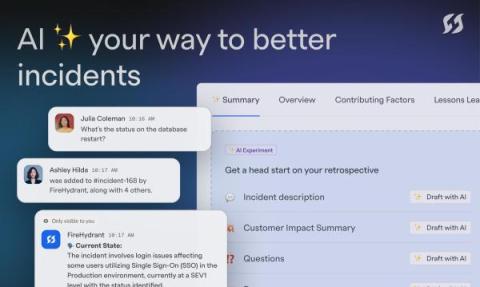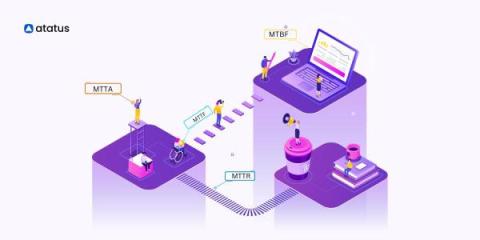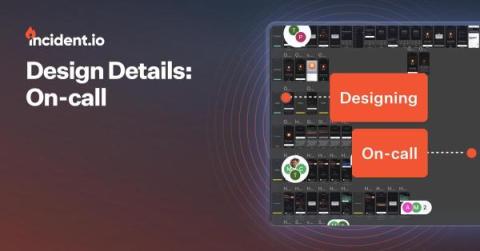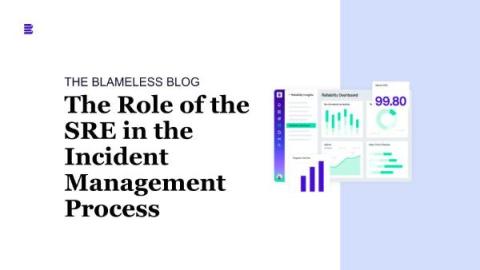What is IT infrastructure monitoring?
Behind the scenes of any IT infrastructure lies the ongoing challenge of monitoring and managing never-ending systems, applications, and network devices. As an IT professional, your task list always includes staying ahead of potential issues, minimizing downtime, and navigating disruptive alerts.










